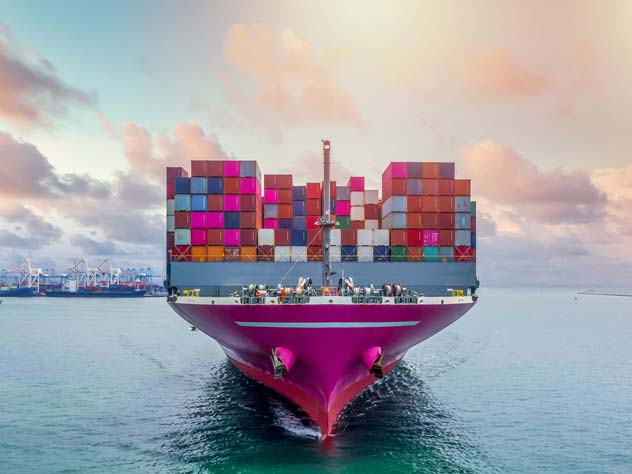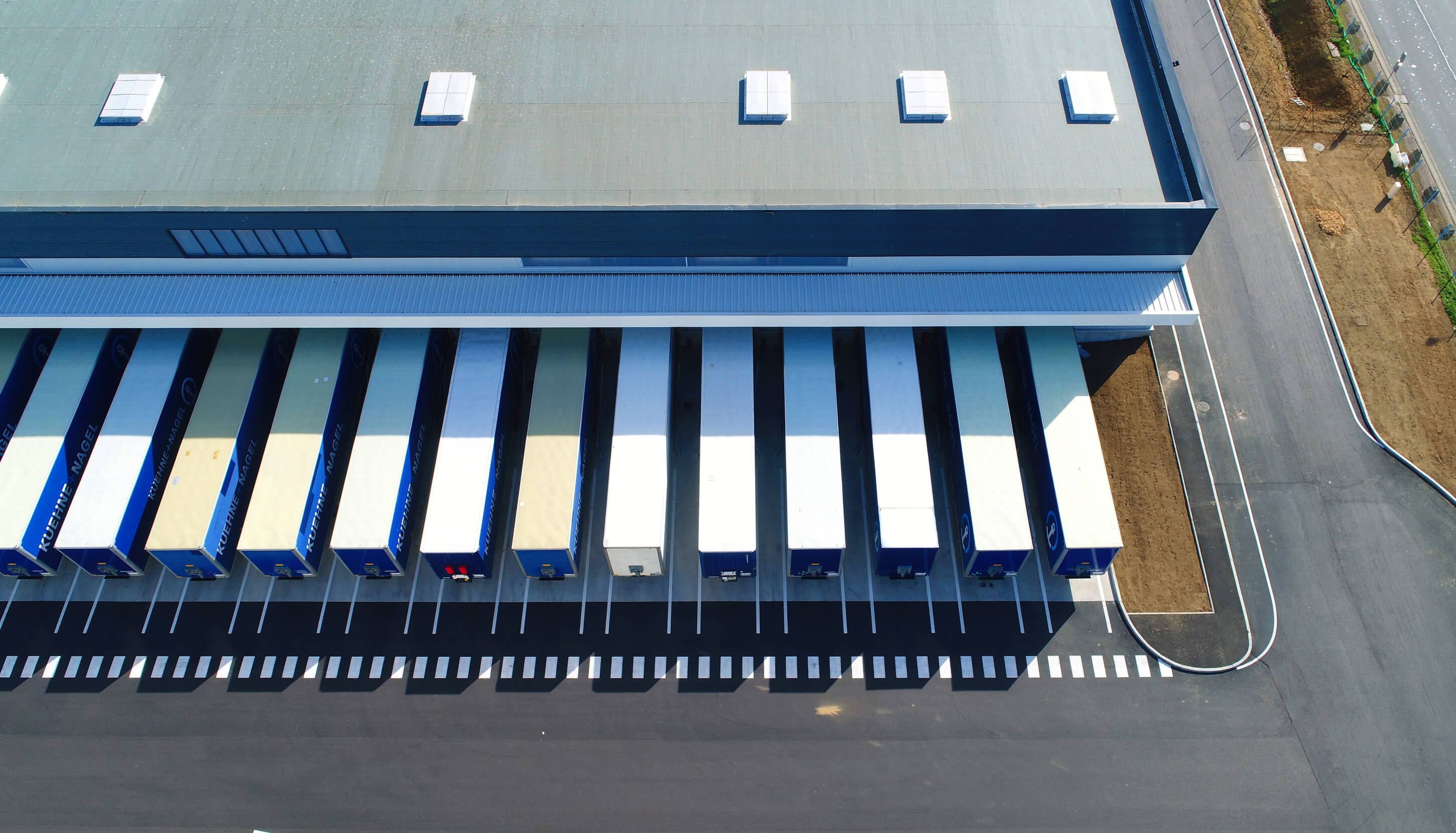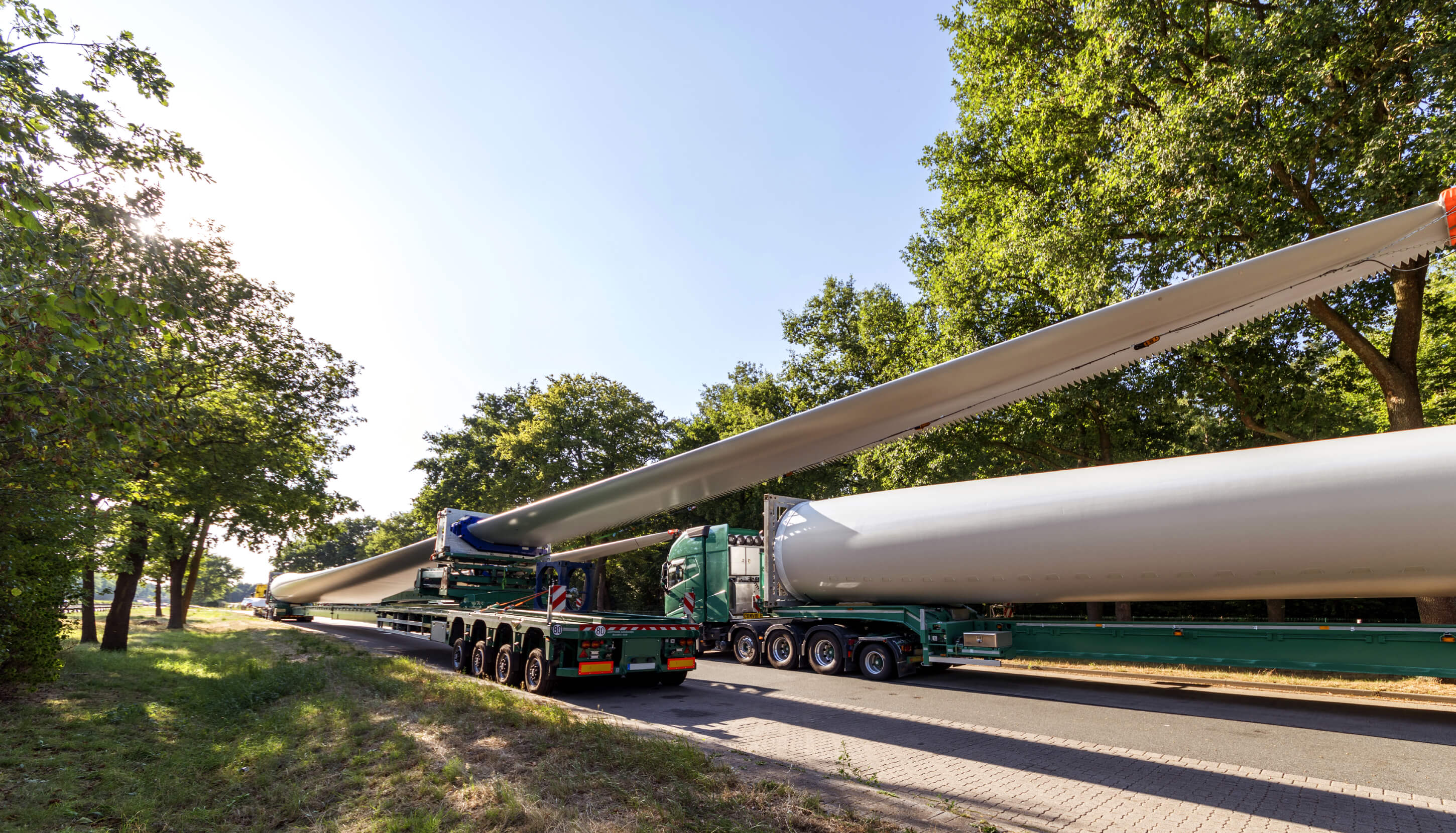What is CBAM?
On 11 December 2019, the EU Commission presented the ‘European Green Deal’ strategy, which aims at decarbonisation contributing to climate neutrality in the EU by 2050 at the latest.
Domestic CO2 emissions have fallen since then, however the amount of greenhouse gas emissions embedded in imported goods from non-EU countries has increased, also known as ‘carbon leakage’.
CBAM is a groundbreaking EU regulatory measure that aims to create a level playing field by applying the same price to high-carbon footprint goods imported into the EU as to domestic products. In so doing, EU regulators set out to promote cleaner industrial production in non-EU countries.
Affected industries will be obliged to financially offset the carbon emissions embedded in their imported goods into the EU by purchasing carbon certificates at a price equal to the carbon price set by the EU Emissions Trading System (ETS).
What you need to know about CBAM

 Who is affected by CBAM?
Who is affected by CBAM?
During the transitional period, CBAM covers imports of goods from the following six emissions-intensive industry sectors prone to carbon leakage:
- iron and steel
- cement
- aluminium
- fertilisers
- electricity
- hydrogen
The target industries and the list of covered commodities are expected to be extended after the end of the transitional period by 2030.
Excluded from CBAM are:
- shipments which do not exceed 150 Euros and military goods.
- countries covered by the EU Emission Trading System (ETS) such as Iceland, Liechtenstein, Norway and Switzerland.

 What are CBAM timelines?
What are CBAM timelines?
CBAM will be implemented in two phases.
1. Transitional phase
The transitional phase from 1 Oct 2023 to 31 Dec 2025 serves as a pilot phase. This phase has no financial impact. Affected importers or so-called reporting declarants need to collect and report the direct and indirect CO2 emissions embedded in their imported goods brought into the EU. Subsequently, quarterly reports will need to be submitted no later than one month after the end of a quarter. The first report should cover imports from Oct to Dec 2023. The first report needs to be submitted no later than 31 January 2024 into the CBAM Transitional Registry.
As of 1 January 2025, EU member states will be responsible for granting the “authorised CBAM declarant” status. Importers and indirect customs representatives need to apply for the authorised CBAM declarant status to be recognised as CBAM declarants.
Only registered CBAM declarants will be able to file the required CBAM reports to the competent authorities.
After the transitional period the EU will make an assessment and most likely extend the scope of CBAM by adding all goods which fall under the EU Emissions Trading System.
2. Full implementation
On 1 January 2026 CBAM regulatory measures will be fully implemented. Authorised CBAM declarants need to yearly declare the quantity of imported goods from the previous year and their respective embedded emissions. Affected industries will be obliged to financially offset the carbon emissions embedded in their imported goods into the EU by purchasing carbon certificates at a price equal to the carbon price set by the EU Emissions Trading System (ETS). However, this will happen in a staged manner, reflecting the gradual phasing out of free allocation under the EU ETS. From 2034, 100% of emissions will have to be offset.

 How does CBAM work?
How does CBAM work?
Reporting of CO2 emissions will not be conducted at the time of import. Rather, the reporting will be conducted post-importation in a so called “CBAM declaration” pursuant to the following timelines:
1. Reporting during the transitional phase (pilot phase)
Importers need to submit a quarterly CBAM report to the CBAM Transitional Registry, that includes:
- The name of the CBAM declarant.
- The type and total volumes of relevant goods imported into the EU and their country of origin.
- The direct and indirect CO2 emissions, measured in tonnes.
- The CO2 price paid in the origin country, if applicable. With full implementation as of 1 January 2026 the importer can claim a respective reduction of CBAM certificates.
The first quarterly report is due on January 31st, 2024.
2. CBAM declaration as of 1 January 2026
Authorised CBAM declarants are obliged to submit a CBAM declaration by 31 May each year for the preceding year, with the following information:
- CO2 emissions embedded in their imported goods into the EU for the previous calendar year.
- Carbon price due in country of origin.
- The corresponding amount of CBAM certificates to cover those emissions.
- Confirmation by an accredited verifier for both direct and indirect emissions.

 What happens if I am not compliant with CBAM?
What happens if I am not compliant with CBAM?
Missing, wrong or incomplete CBAM reporting leads to penalties between 10 to 50 EUR per tonne of unreported emissions, in selected cases even higher.

 How can I prepare for CBAM?
How can I prepare for CBAM?
If you are an EU importer of goods which fall under the scope of CBAM, you should get prepared.
Understanding CBAM
- Familiarise yourself with the relevant provisions and potential implications towards your own business. The EU provides valuable information and training. Below you will find for your easy reference useful links on CBAM, its implications and requirements.
Carbon emission calculation
- Define which of your imported goods are affected by CBAM.
- Analyse the best methodology for carbon calculation of embedded direct and indirect emissions while considering any potential carbon taxes or other levies that you already pay which may impact your CBAM liability.
- It is noteworthy that the CBAM provisions also affect the exporter/ producer shipping into the EU. Said shippers would need to support EU importers providing data on greenhouse gas emissions. It should be noted that CBAM reporting requires emissions data per product.
Customs obligations
- In order to access the CBAM Transitional Registry, EU importers submitting the CBAM reports during the transitional period must first register with the National Competent Authority (NCA) of the member state they are established. You can find the link to the Provisional list of CBAM NCAs in the section below.
- EU businesses can defer filing the CBAM reports using an indirect customs representative acting as an authorised CBAM declarant. As of 1 January 2025 EU importers or indirect customs representatives need to apply for the authorised CBAM declarant status.
Useful links:
- European Commission: Carbon Border Adjustment Mechanism
- European Commission: Provisional list of CBAM National Competent Authorities (NCAs)
- European Commission Memo - Questions and Answers: Carbon Border Adjustment Mechanism (CBAM)
- European Union, Customs & Tax EU Learning Portal: Carbon Border Adjustment Mechanism (CBAM) - Introduction (10 min)
- European Commission: Guidance document on CBAM implementation for importers of goods into the EU, 17 August 2023
- European Council: Timeline - European Green Deal and Fit for 55
- EUR-Lex: EU law: Regulation (EU) 2023/956 of the European Parliament and of the Council of 10 May 2023 establishing a carbon border adjustment mechanism (Text with EEA relevance)











